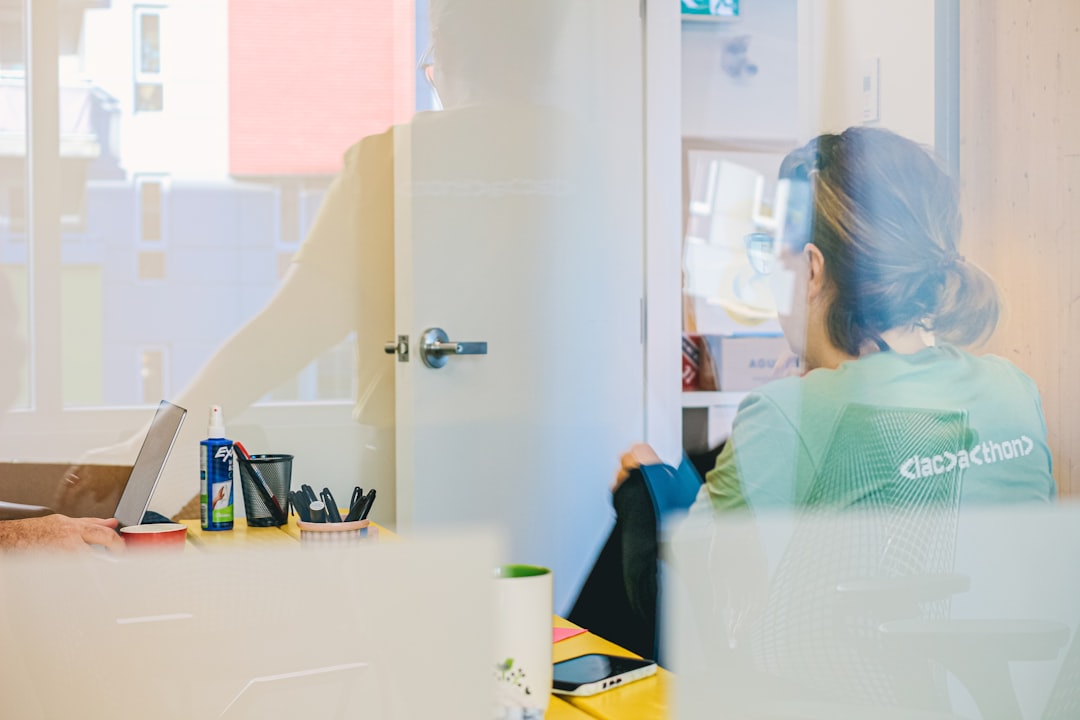In the evolving world of workplace design, innovation and flexibility are at the forefront of creating productive and efficient environments. One such innovative piece gaining popularity in both home and corporate offices is the peninsula desk. While traditional desks remain common, the peninsula desk offers a functional and aesthetically appealing alternative that can drastically enhance the usability of a workspace.
What Is a Peninsula Desk?
A peninsula desk is a configuration of office furniture that extends a desktop surface out from a primary structure, such as a cabinet, wall, or return desk. Unlike a fully separate desk, it remains attached at one end, much like a geographical peninsula is attached to the mainland.
Peninsula desks are frequently found in open-plan office designs and executive suites. They can serve both individual and collaborative purposes due to their extended horizontal surface area, which allows for multiple uses without compromising on space or organization.

Core Features and Structure
Peninsula desks are often part of a modular furniture system, designed to accommodate growing or shifting office needs. Some of their defining features include:
- Single-point connection: The desk connects to a base structure, offering stability without enclosing the user on all sides.
- Open access: Three open sides allow for ease of movement and collaboration.
- Integrated storage: Often built into credenzas or filing units that form the desk’s anchor.
- Versatile shapes: Available in rectangular, curved, or custom configurations to match specific workspace requirements.
Advantages Over Traditional Desks
The peninsula desk provides several notable benefits when compared to traditional rectangular or L-shaped alternatives:
- Space Efficiency: Because it typically connects to an existing structure, the peninsula desk integrates seamlessly with surrounding furniture, saving valuable floor space.
- Enhanced Collaboration: The extended surface and open design encourage face-to-face interactions among coworkers, promoting team engagement.
- Improved Aesthetics: Peninsula desks add modern flair and sophistication to any room. Their unique shape and positioning can break up the monotony of rows of standard desks.
- Multi-functionality: They can function as a primary workstation, meeting table, or even a shared desk area for temporary use.

Ideal Use Cases
Peninsula desks are particularly well-suited for:
- Executive offices: Where both individual tasks and informal meetings occur.
- Home offices: Where space may be limited and multifunctional furniture is a priority.
- Creative studios: Environments that thrive on openness and collaboration.
- Reception areas: Offering an open yet functional surface for staff to greet and interact with visitors.
Considerations Before Choosing a Peninsula Desk
When selecting a peninsula desk, it’s important to consider a few key factors:
- Room Layout: Assess the room dimensions and existing furniture placement to ensure the peninsula desk fits comfortably without obstructing pathways or access to resources.
- Functionality Requirements: Think about the daily tasks and whether additional features like integrated drawers or cable management systems are necessary.
- Material and Finish: Choose a desk that complements the space’s aesthetics. Peninsula desks are available in materials ranging from wood veneer to laminate and metal.
Conclusion
The peninsula desk stands out as a smart and stylish alternative to conventional desk layouts. Its design fosters productivity, facilitates collaboration, and enhances the spatial dynamics of any office setting. For anyone looking to merge functionality with modern sophistication, this type of desk can be an excellent investment.
As workspace needs continue to evolve, embracing flexible and intelligent furniture designs like the peninsula desk ensures alignment with both current trends and practical demands. Whether you’re designing a new office or upgrading an existing one, the peninsula desk deserves serious consideration for its adaptability and visual appeal.